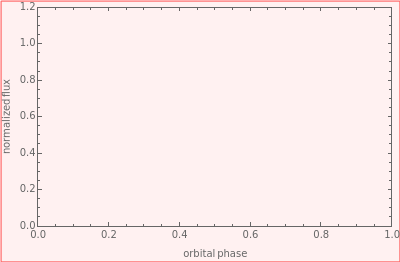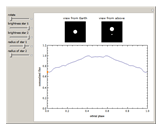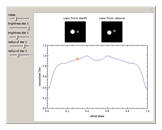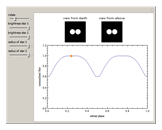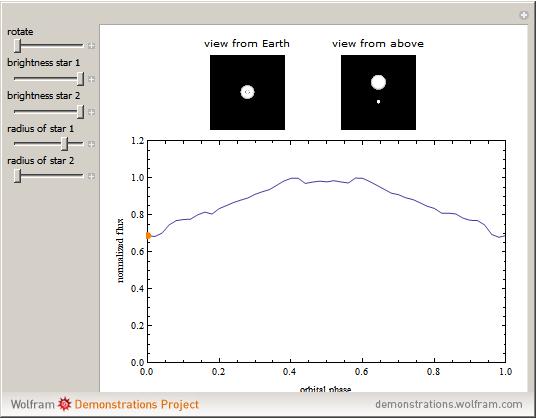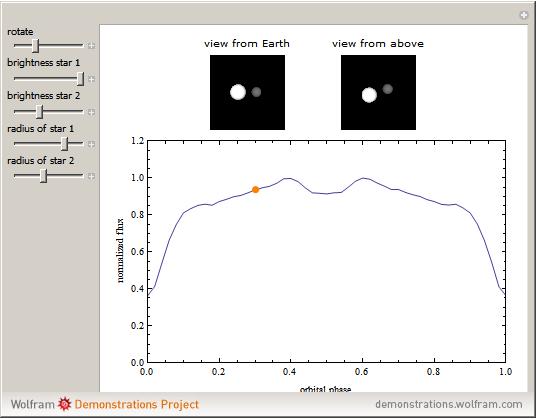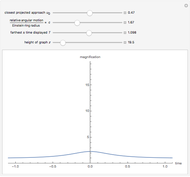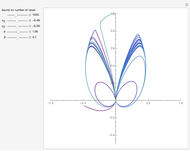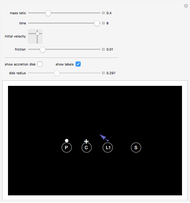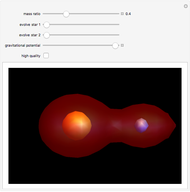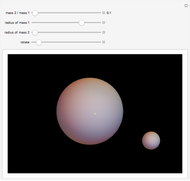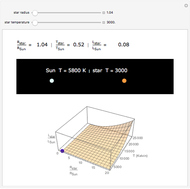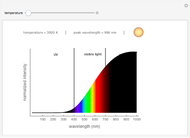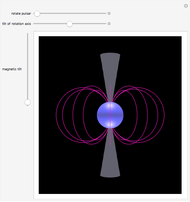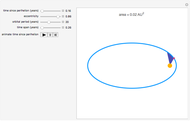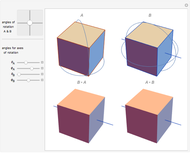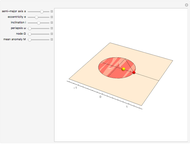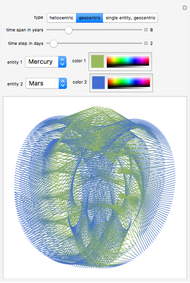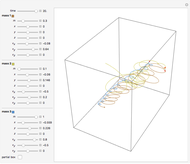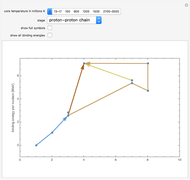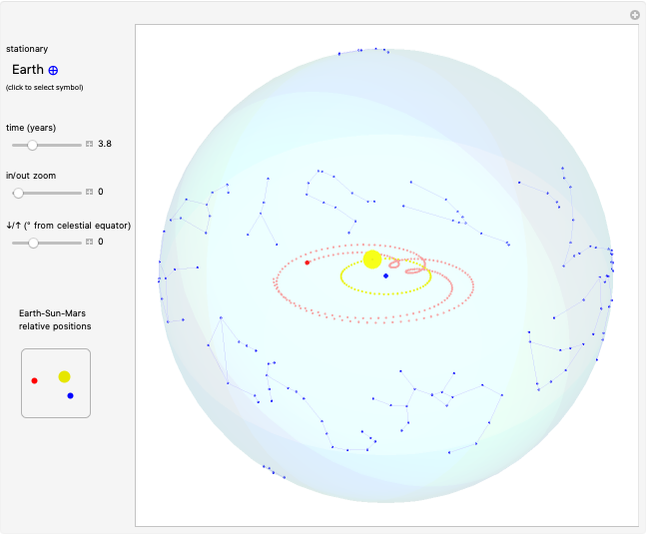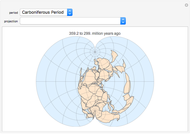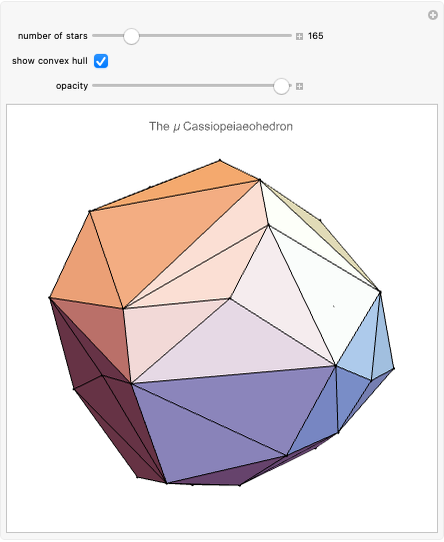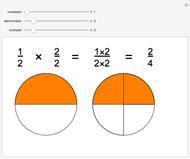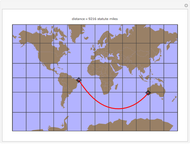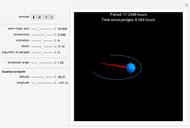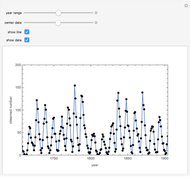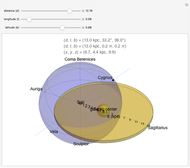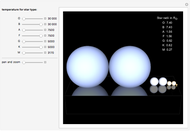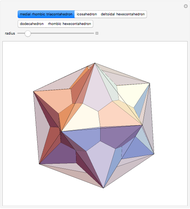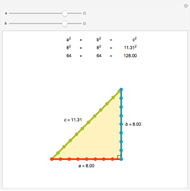Modeling Light Curves

Requires a Wolfram Notebook System
Interact on desktop, mobile and cloud with the free Wolfram Player or other Wolfram Language products.
Many objects in astronomy are too far away to resolve with optical telescopes. Astronomers have to rely on other methods to learn about these objects. For objects that orbit each other in a plane nearly edge-on from Earth's viewpoint, the repeating eclipses that occur allow the construction of a light curve. The changes in slope and other features provide important details that are not otherwise observable.
Contributed by: Jeff Bryant (March 2011)
Open content licensed under CC BY-NC-SA
Snapshots
Details
When the more massive object is eclipsed, it is called the primary eclipse. Light curves are traditionally shown with the primary eclipse at orbital phase 0 and 1. The primary eclipse is usually the deeper eclipse, but not always. The relative depths of the eclipses can provide clues to the relative brightness of the objects. The rate of brightness change and the flatness of the eclipse minima can provide clues to the relative sizes of the objects.
Permanent Citation
"Modeling Light Curves"
http://demonstrations.wolfram.com/ModelingLightCurves/
Wolfram Demonstrations Project
Published: March 7 2011
